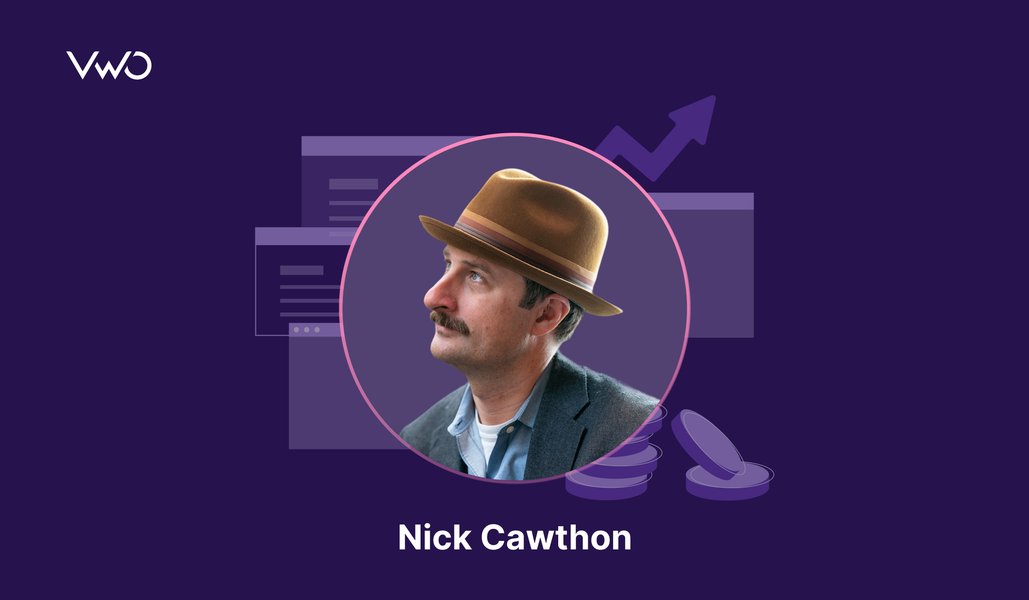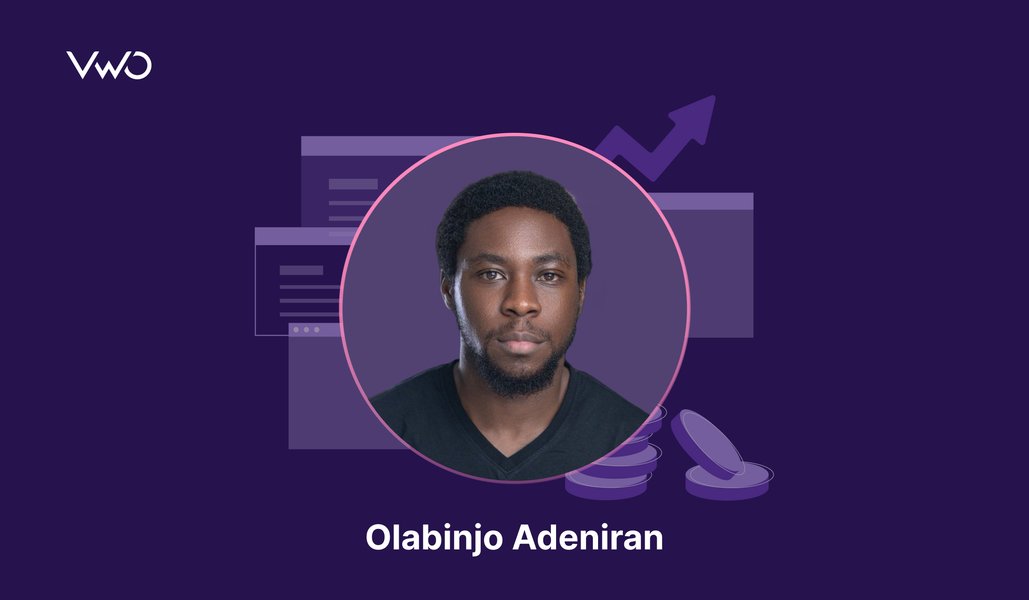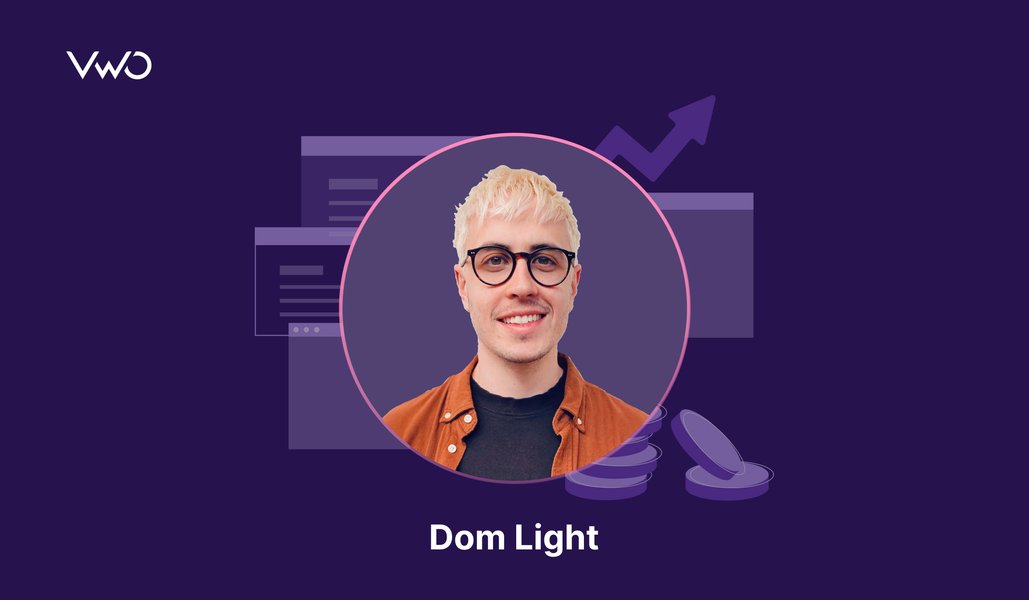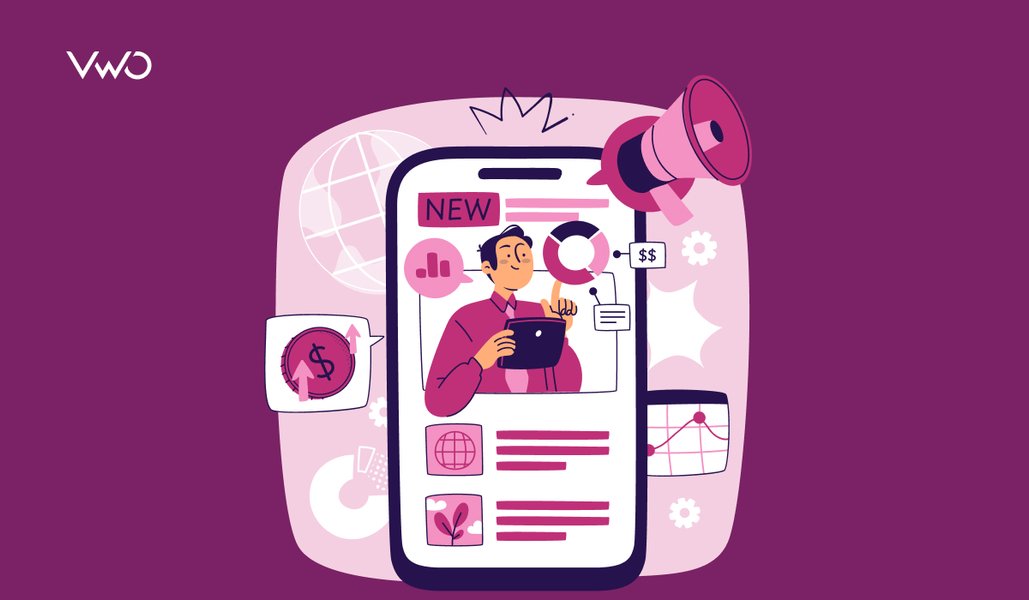As the CRO landscape continues to evolve, tuning into expert insights is more important than ever.
The seasoned experts share real-world strategies that have stood the test of time. Learning from their wins (and their misses) gives you a head start, helping you dodge common mistakes and embrace approaches that actually work.
Keeping that in mind, we’re excited to present the eighth edition of ‘CRO Perspectives: Insights from Industry Thought Leaders’, featuring Jon MacDonald, founder and CEO of The Good. Jon shares his unique perspective on CRO, providing valuable insights to help you navigate the ever-changing world of optimization.
So, keep reading.
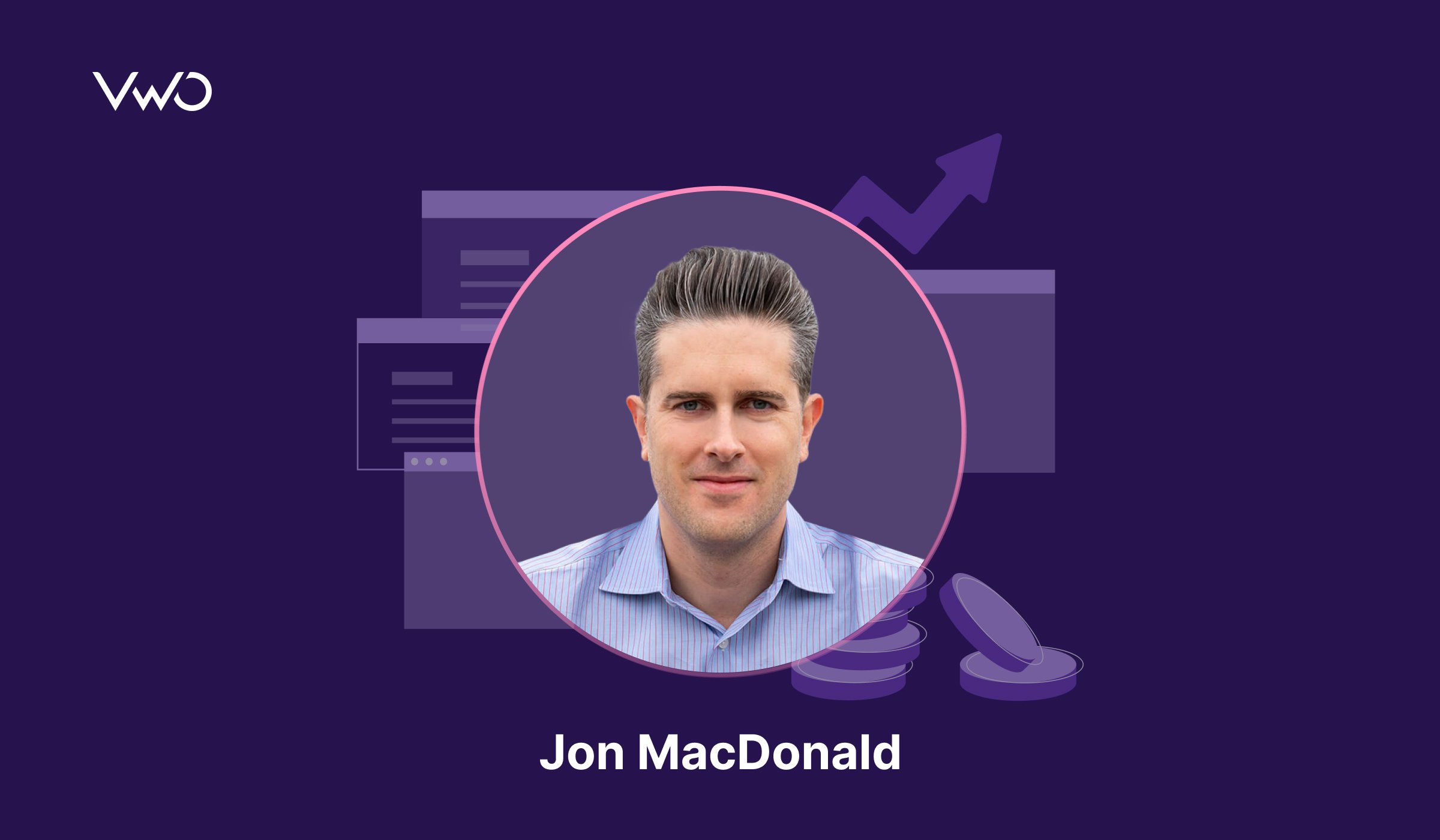
Leader: Jon MacDonald
Role: President, Founder at The Good
Location: United States
Speaks about: Optimization • Digital Experience • Leadership • eCommerce Optimization • SaaS
Why should you read this interview?
As the founder and CEO of The Good, Jon has over 15 years of experience guiding reputed brands like Adobe, Nike, Xerox, and Intel in optimizing their digital experiences. His strategies have generated hundreds of millions in additional revenue for clients, making him a true expert in CRO, UX, and eCommerce.
Jon is also the author of three best-selling books and a sought-after keynote speaker at major events.
Reading this interview will give you access to invaluable knowledge and strategies from one of the top minds in the field—don’t miss out!
Insights from 15 years in optimization
The more we optimize conversion rates, the more we realize that real, lasting gains require us to focus further back on the customer experience, beyond just conversion.
So many factors that affect conversion start way before a customer even begins to think about purchasing from you. Every element of your website tells the customer something about why they do or do not want to work with or buy from you. Or it confuses them enough to make them look somewhere else.
The key is to be able to recognize these moments along the digital journey and pinpoint what causes them at a deeper level.
We’ve learned that we can’t just tell companies what tactics to use, to fix their digital journey issues. We need to show why the issues occur, why that tactic might work, and explain the fundamental psychology behind that issue so their team can come up with a solution that works for their specific audience.
Realizing that online decisions are not just logical but heavily influenced by psychological factors, I wanted to bridge this gap. I did this by applying psychological principles to improve digital experiences. That led me to write my latest book, Behind The Click: How to Use the Hidden Psychological Forces That Shape Online Behavior to Craft Digital Journeys That Delight, Engage, and Convert.
Understanding DXO: Digital Experience Optimization
Customers start their digital experience the moment they encounter your company or brand online. The goal of Digital Experience Optimization at The Good is to create an intuitive, cohesive path for customers to discover who you are—and what you do—to gather information, make a decision, and then convert.
So, it’s about giving people the things they need, when they need them, to easily find the best product or solution for them.
It’s both an art and a science at The Good. We uncover issues that customers face on a company’s website or app, then use research, data, and several types of testing to create solutions with real, measurable results.
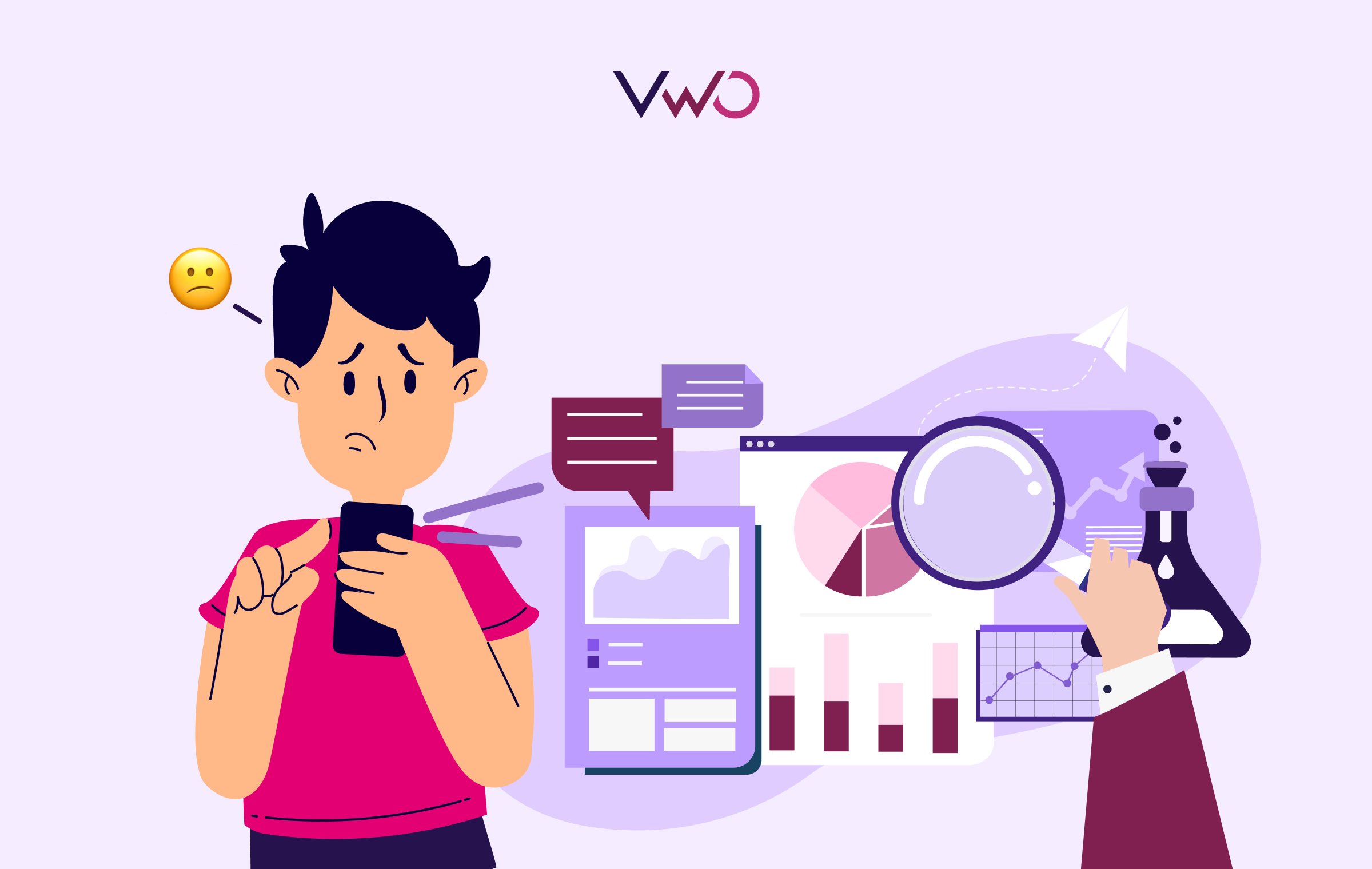
Gut instincts vs hard data
This comes back to heuristics, or mental shortcuts used to solve problems quickly.
Our brains are wired to take shortcuts and make quick decisions, so we are always looking for ways to do it more often. Unfortunately, a good number of those shortcuts lead to negative consequences.
But data has its own challenges, and it can often give you a false sense of correctness (see: peeking and the importance of statistical significance).
So, it is indeed important to find the right balance between the two.
Challenges in implementing advanced experiments
While A/B testing is a common starting point, advanced testing methods can provide deeper insights. However, businesses often hesitate due to perceived complexity and resource investment.
As an agency, one challenge is demonstrating the value of these tests in terms of ROI. Presenting case studies, like those found at The Good, can illustrate successful outcomes of advanced experimentation.
Additionally, educating clients on the broader scope of digital experience optimization, such as strategies from “The Ultimate Guide to Digital Experience Optimization”, helps highlight the benefits of comprehensive testing approaches.
Building trust through clear communication and demonstrating how advanced tests can address specific business goals is key to overcoming resistance and gaining buy-in.
Run advanced tests on forms, pricing strategies, checkout processes, search features, and more using VWO Testing – Server Side. Tailor test variations to meet your needs without disrupting user experiences. Plus, you can create custom metrics to optimize for and segment your audience using any custom data variables.
Strategic testing for maximum impact
Testing is essential, but it must be strategic. Over-testing can dilute focus and resources, particularly for smaller websites.
Instead of extensive testing, websites can prioritize optimizing key areas with the highest impact on user experience and conversion rates.
Personalized user experiences, for instance, can significantly drive conversions without the need for constant testing.
Understanding and implementing foundational psychological principles, like those discussed in “How to Create a Personalized User Experience that Drives Conversions”, can guide enhancements without over-reliance on testing.
Additionally, ensuring accessibility, as highlighted in “Optimizing Accessibility for Ecommerce Websites“, can improve user experience broadly.
Ultimately, focused improvements based on solid insights can be more effective than numerous tests.
Experience with VWO
We’ve been using VWO for over a decade, and it has helped us offer a testing platform to folks without Fortune 500 budgets. Yet, it provides the feature sets our team requires to be successful.
Common mistakes to avoid
The easiest way to lose is to focus on your competition. In business, competition either drives you forward or holds you back.
Several digital businesses spend a considerable amount of time, energy, and resources in assessing what their competitors are up to. But just by doing that, they give their competition the upper hand.
Your competitors aren’t going to buy from you. Stop worrying about them. It doesn’t matter what they are doing; it matters what you are doing.
Further, shy away from “best practices.” Instead focus on where your customers are having challenges while looking to accomplish the only two goals they are at your site to accomplish: 1. to understand if your products/services can solve their pain or need, and 2. to convert as quickly and easily as possible.
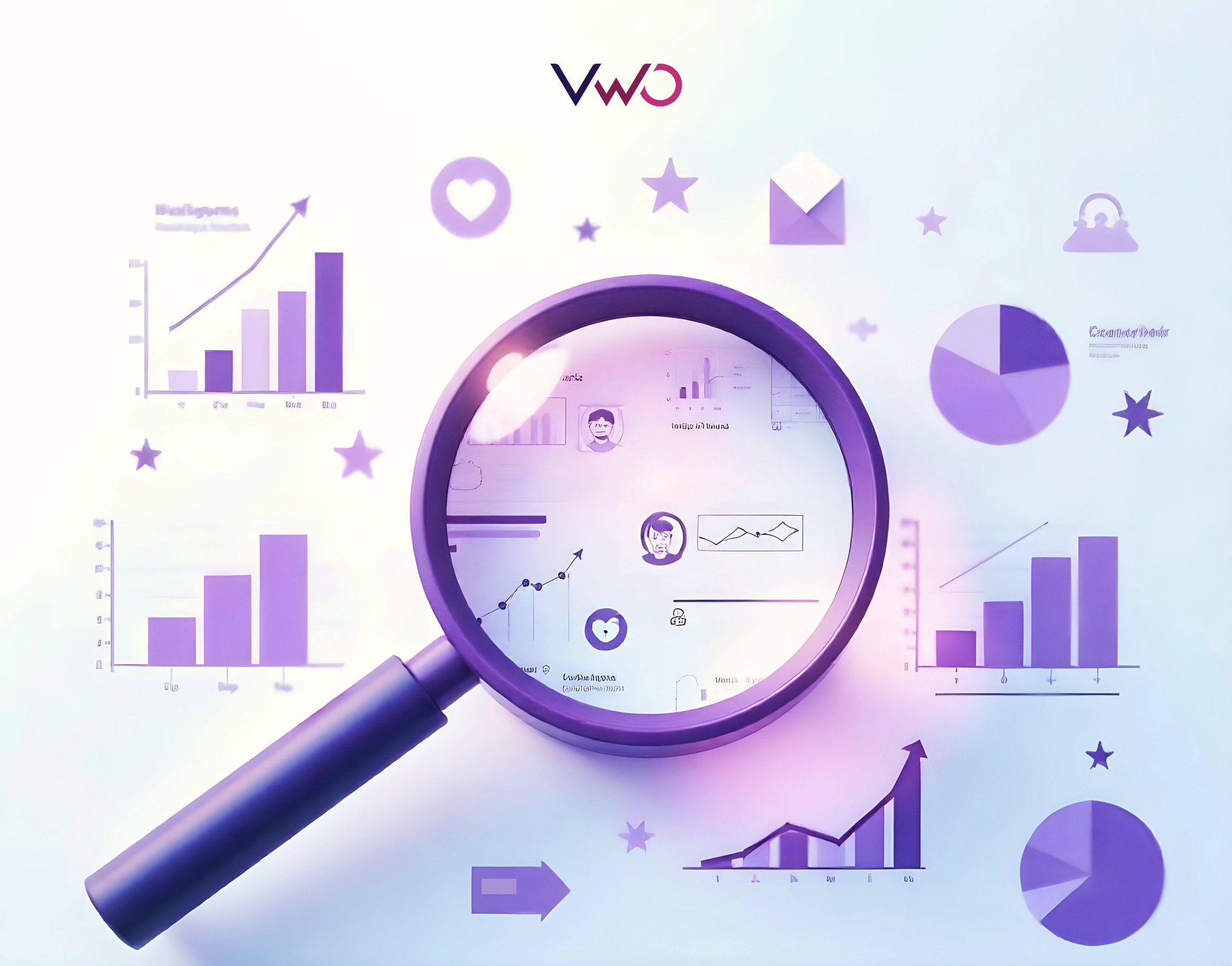
Shifting to a learning mindset in experimentation
Yes! And I love to see the mindset shifting to learning. We have a saying at The Good: In testing, there are no losers, only learners.
Product and growth roles need to use optimization learnings as evidence to get ongoing leadership buy-in. Teams with strong buy-in from their leadership tend to foster a culture of optimization, get better budgets, and have the best results.
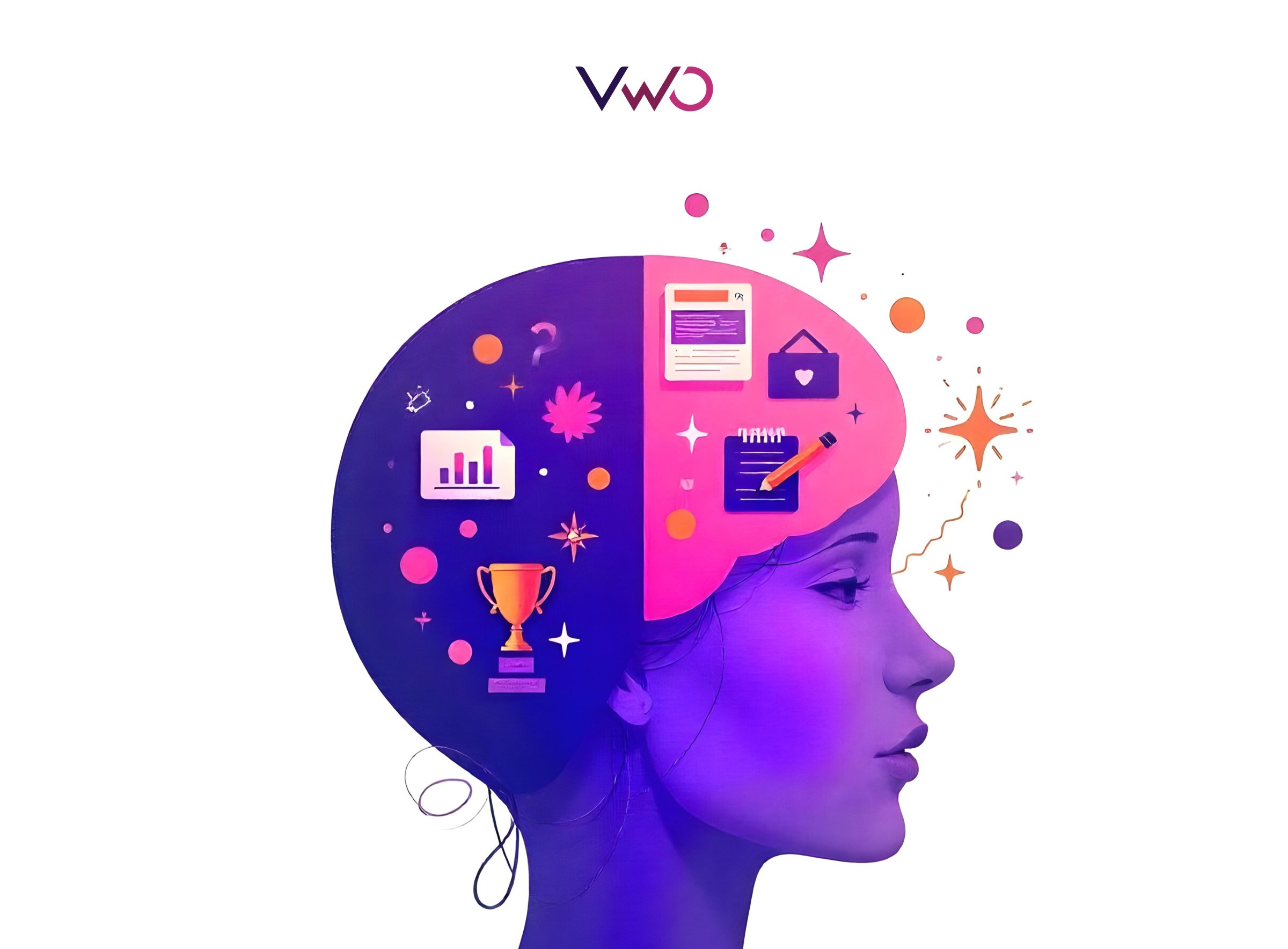
Adapting to the future of CRO
I’d bet the number one provided answer to this question involves AI in some manner. But I think we’re going to evolve back to involving the customer more directly in our optimization research and decisions.
The abundance of data available to digital marketers has turned customers into data points. I encourage digital brands to remember that just because they can’t see the customer on the other side of the screen doesn’t make those customers any less human.
The best way to understand those human customers is to understand what is going on in their heads while they are on the digital journey. Starting with data and AI loses a lot of the nuance that customer interaction provides.
Conclusion
To wrap things up, we hope you’ve learned a lot from this blog and that your questions have been answered.
If you’re wondering how to identify these high-impact areas or implement the right frameworks, our blog covers practical strategies and real-world examples that can guide your testing approach.

Whether you’re diving into A/B testing or looking to explore more advanced testing methods, VWO is here for you. Reach out to our team for a walkthrough of our platform and discover how it can elevate your optimization game to the next level!




